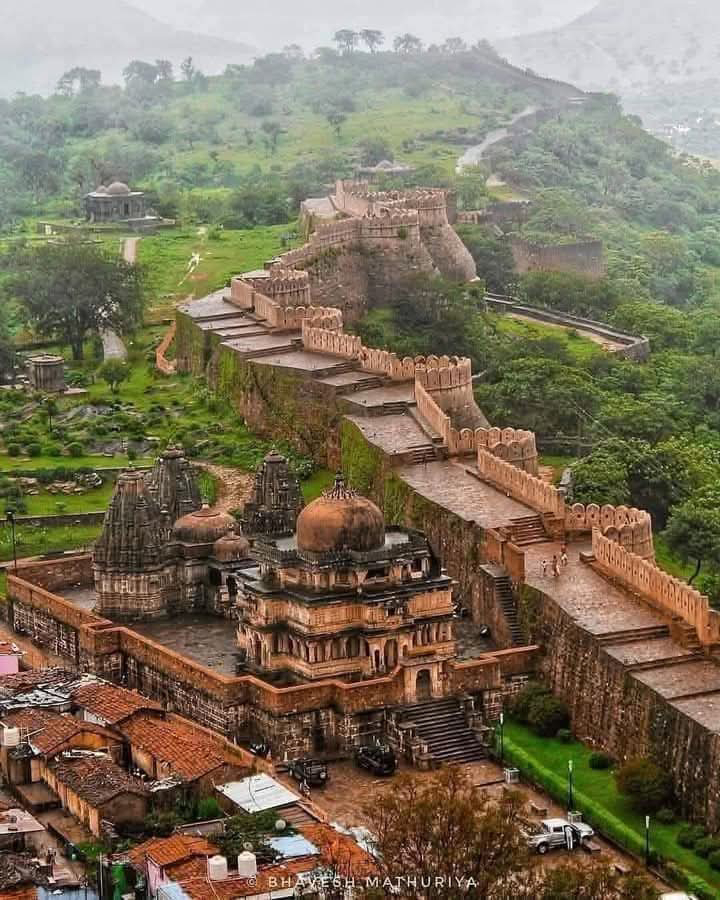There are several types of scripts or writing systems. A script can evolve indepently of languages that use them. They are like roadways and railway lines. Thus, Samskrtam can use Malayalam script, Brahmi, Indus Script, or Devanagari or Roman transliteration letters to express itself.
Here are the basic types of scripts:-
Alphabetic Scripts
Each symbol represents a single phoneme (sound). Examples include the Latin alphabet (used in English) and the current Greek alphabet.
Abugida Scripts
Each symbol represents a consonant-vowel combination, with diacritics modifying the inherent vowel. Examples include Devanagari (used in Hindi), Malayalam, Tamil and Ethiopic.
Indus Script falls in this category as per Yajnadevam.
Most Indian languages use Abugida script. Thus we are mostly following the Indus Script in India for most Indian languages!
Syllabaries
Each symbol represents a syllable. Examples include Japanese Kana (Hiragana and Katakana) ancint Mycenian Greek Linear B, Sumerian Akkadian Cuneiform, Mayan script, and Cherokee.
A syllable is a consonant vowel combination. Syllables are formed by combining letters, typically around a vowel sound. For example, the word “banana” has three syllables (ba-na-na) and is made up of six letters (b-a-n-a-n-a).
Syllabaries will have a large number of symbols.
Logographic Scripts
Each symbol represents a word or morpheme. Examples include Chinese characters and Egyptian hieroglyphs.
Morphemes are indivisible parts of a word. Example "un" and "happy" in the word "unhappy" are morphemes.
-
In abugida (sometimes spelled “abiguda”) each symbol typically represents a consonant followed by a specific vowel. The vowel can be changed by adding diacritical marks to the consonant symbol
Some Features of abugida will make it clear
Consonant-Vowel Units
Each basic symbol stands for a consonant with an inherent vowel sound. For example, in Devanagari, the symbol “क” represents “ka”.
Diacritics for Vowels
The inherent vowel can be altered by adding diacritical marks. For instance, “कि” represents “ki” and “कु” represents “ku”.
When consonants occur together without intervening vowels, special conjunct symbols are used.
Examples of Abugida:-
Devanagari (used for Hindi, Samskrtam)
Bengali
Ethiopic (Ge’ez)
Tamil
Malayalam
Thai
Abugidas are distinct from alphabets (where vowels and consonants are equally represented) and syllabaries (where each symbol represents a syllable) because they combine elements of both.






